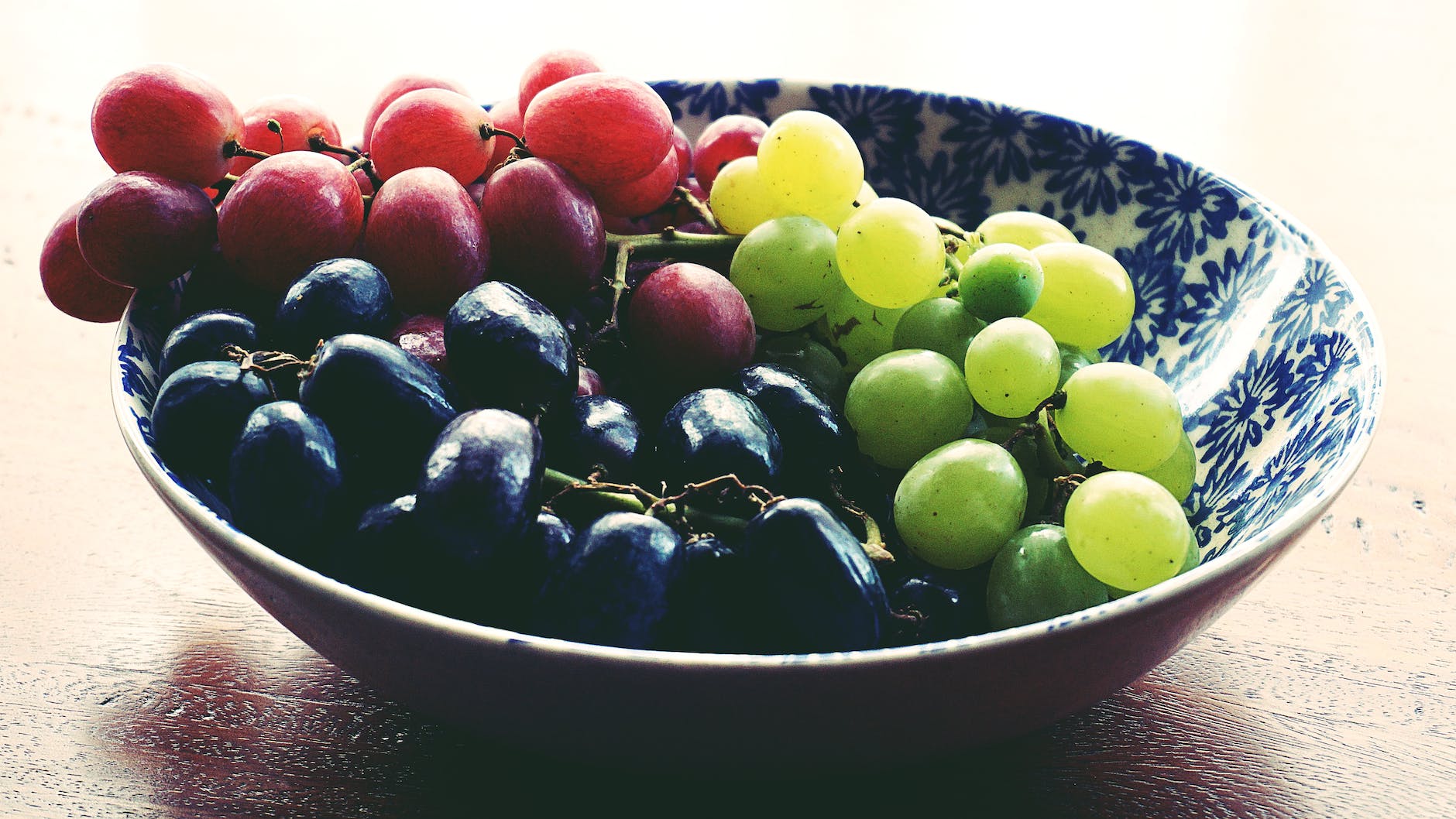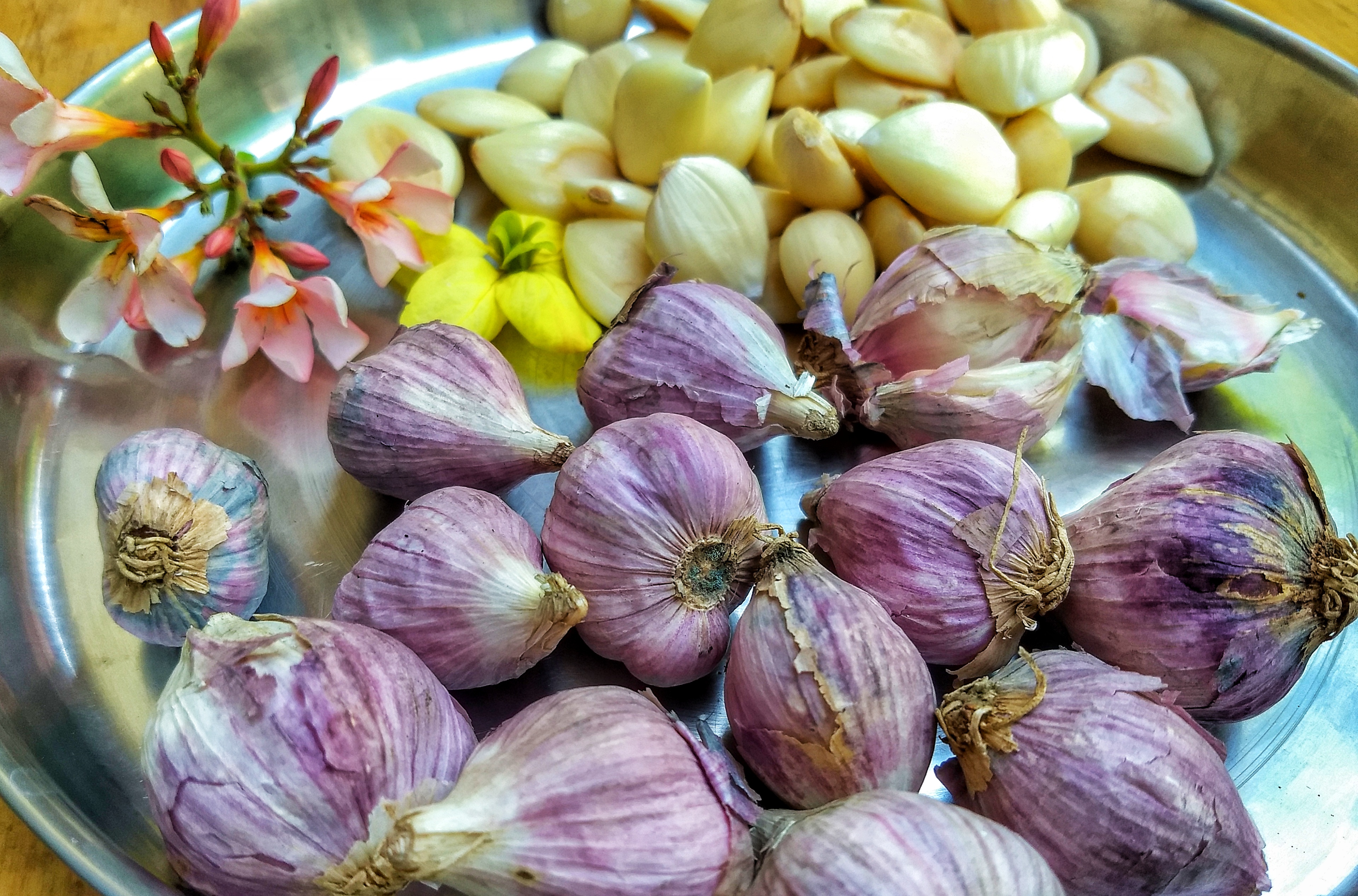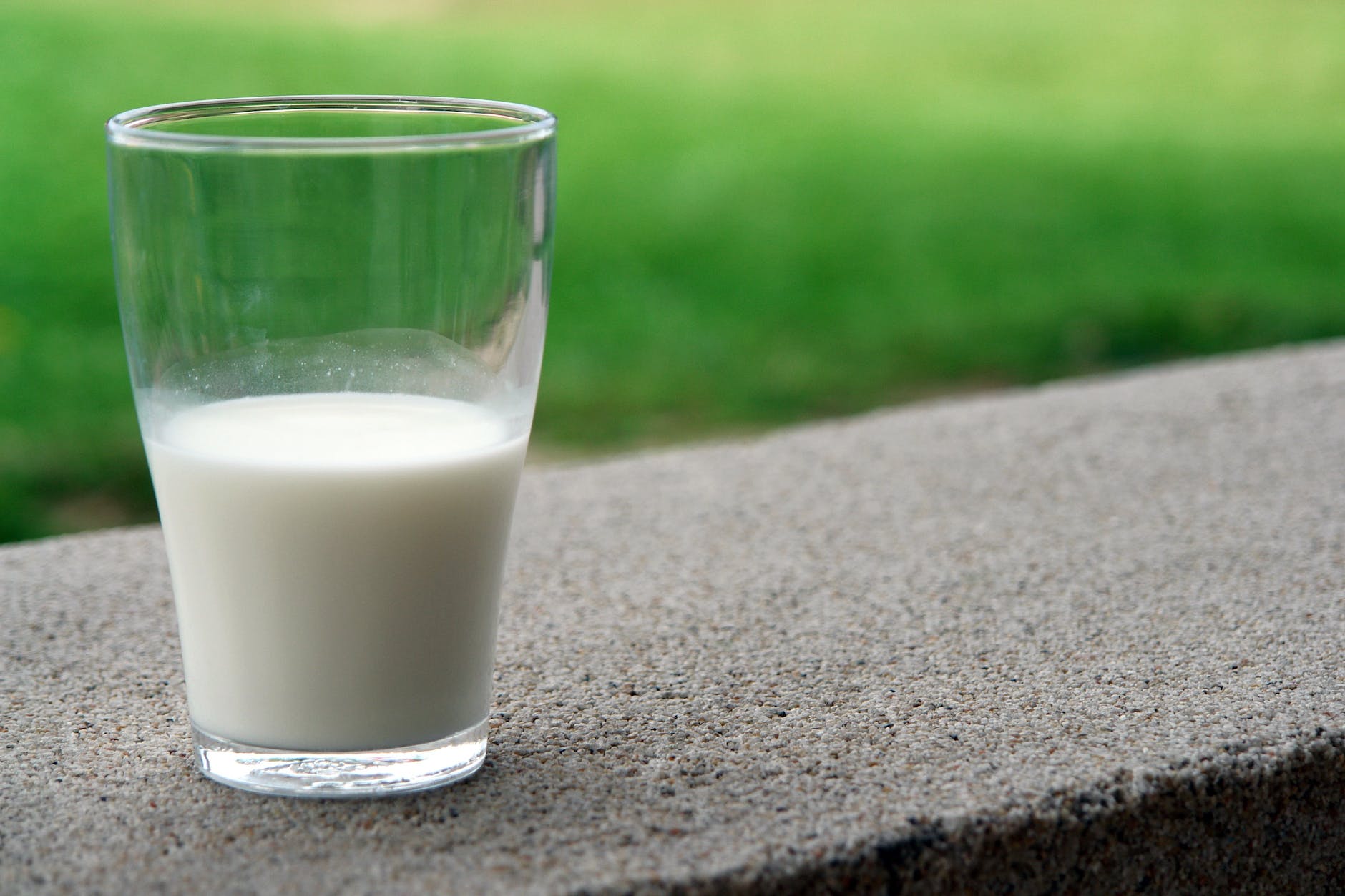
Embarking on a weight loss journey requires finding foods that are not only delicious but also support your health goals. Exotic fruits, such as dates and dragon fruit, not only add a tropical touch to your meals but also offer numerous nutritional benefits. In this comprehensive blog post, we will delve into the remarkable qualities of dates and dragon fruit, explore their potential impact on weight loss, and provide practical tips on incorporating them into your daily diet. Get ready to discover the secrets of these nutritional powerhouses and witness their transformative effects on your well-being! 🌴🍉⚖️
Unveiling the Nutritional Profiles of Dates and Dragon Fruit 🌴🍉🌿
Dates and dragon fruit possess unique nutritional profiles, making them stand out among other fruits. Let’s take a closer look at the extraordinary qualities of these exotic fruits:
Dates:
- Fiber-Rich Goodness: Dates are packed with dietary fiber, which aids in digestion, promotes satiety, and helps maintain a healthy weight. Fiber also plays a crucial role in regulating blood sugar levels and supporting overall digestive health.
- Naturally Sweet: Dates offer a natural sweetness, making them a healthier alternative to refined sugars. Their natural sugars are accompanied by fiber, vitamins, and minerals, providing a balanced and nourishing source of energy.
- Essential Nutrients: Dates are rich in potassium, magnesium, iron, and B vitamins, all of which contribute to various bodily functions, including maintaining a healthy heart, supporting energy production, and enhancing overall well-being.
Dragon Fruit:
- Hydration Hero: Dragon fruit has a high water content, contributing to hydration and promoting a sense of fullness. Staying hydrated is vital for overall health and can support weight management efforts.
- Antioxidant Powerhouse: Dragon fruit is loaded with antioxidants, such as vitamin C and betalains, which help protect your cells against damage caused by free radicals. These antioxidants have been associated with potential anti-inflammatory and disease-fighting properties.
- Digestive Health Support: Dragon fruit contains dietary fiber, which aids in digestion, promotes regular bowel movements, and supports a healthy gut microbiome.
Unleashing the Weight Loss Potential of Dates and Dragon Fruit 🌴🍉⚖️
Incorporating dates and dragon fruit into your weight loss plan can offer several potential benefits:
1. Satisfying Sweetness:
Dates and dragon fruit provide natural sweetness without relying on refined sugars. By incorporating these fruits into your meals and snacks, you can enjoy a delightful sweetness that satisfies your cravings, without compromising your weight loss goals.
2. Fiber for Satiety:
Both dates and dragon fruit are excellent sources of fiber. Fiber promotes feelings of fullness and helps control appetite, which can prevent overeating and support weight management efforts.
3. Hydration and Nourishment:
Dragon fruit’s high water content not only keeps you hydrated but also contributes to a sense of fullness. Staying hydrated is essential for overall health and can aid in weight management by reducing cravings and supporting proper bodily functions.
4. Nutrient Density:
Dates and dragon fruit are packed with essential nutrients, including vitamins, minerals, and antioxidants. Incorporating these fruits into your diet ensures that you receive a wide array of vital nutrients while managing your caloric intake.
5. Versatile and Flavorful:
Dates and dragon fruit can be enjoyed in various ways. Dates can be used in energy balls, blended into smoothies, or added to baked goods for natural sweetness. Dragon fruit can be sliced and enjoyed on its own, added to fruit salads, or used as a vibrant topping for yogurt or desserts.
Practical Tips for Incorporating Dates and Dragon Fruit into Your Weight Loss Journey 🌴🍉⚖️
Here are some practical tips to help you make the most of dates and dragon fruit in your weight loss plan:
- Date Energy Bites: Create homemade energy bites by combining dates, nuts, and seeds. These bite-sized treats provide a burst of energy, satisfy your sweet tooth, and make for a convenient on-the-go snack.
- Dragon Fruit Smoothie Bowls: Blend dragon fruit with frozen fruits and a liquid of your choice to create a vibrant and nutrient-packed smoothie bowl. Top it with your favorite healthy toppings, such as granola or sliced fruits, for a satisfying and Instagram-worthy breakfast.
- Stuffed Dates: Fill pitted dates with nut butter or a sprinkle of your favorite nuts for a sweet and indulgent treat. The combination of dates’ natural sweetness and healthy fats will keep you satiated and satisfied.
- Dragon Fruit Parfait: Layer sliced dragon fruit with Greek yogurt or dairy-free alternatives, along with granola and a drizzle of honey or maple syrup. This colorful and nutrient-dense parfait makes for a delicious and filling snack or dessert.
- Incorporate into Salads: Add chopped dates or dragon fruit to your favorite salads to elevate the flavor profile and provide a touch of natural sweetness. They pair well with leafy greens, nuts, and cheeses for a delightful and nutritious salad.
Conclusion: Embrace the Exotic Flavors and Nutritional Benefits of Dates and Dragon Fruit in Your Weight Loss Journey 🌴🍉⚖️
Dates and dragon fruit, with their unique nutritional profiles and potential weight loss benefits, are incredible additions to your healthy eating plan. With their natural sweetness, fiber content, hydration support, and an array of essential nutrients, these exotic fruits can enhance your overall well-being while assisting you in achieving your weight loss goals. By incorporating dates and dragon fruit creatively and mindfully, you can enjoy their flavors, reap their health benefits, and embark on a successful and fulfilling weight loss journey.













